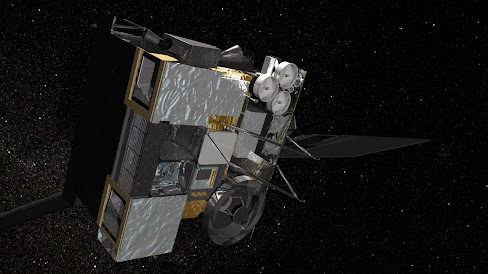 |
| Hesham Zakali: The material developed by an international group of scientists could become an alternative to toxic lead, for example. Photo Credit: Anastasia Kurshpel |
Polylactic acid combined with tungsten trioxide effectively blocks gamma radiation, an international group of scientists including specialists from Russia (Ural Federal University), Saudi Arabia and Egypt has found. In the future, it will be possible to create safe and biodegradable screens for protection against low-energy radiation on the basis of the new material, the researchers believe. Such screens are used in medicine, agriculture and the food industry. A description of the material has been published in the journal Radiation Physics and Chemistry.
"Polylactic acid is a non-toxic polymer of natural origin. It is inexpensive and, importantly, can be broken down by microbes when placed in an industrial plant at high temperatures. Since lactic acid is regularly produced as a byproduct of metabolism in both plants and animals, polylactic acid and its degradation products are non-toxic and safe for the environment," explains Hesham Zakali, co-author of the development and Researcher at the Department of Experimental Physics at UrFU.

.jpg)




.jpg)



.jpg)

.jpg)


.jpg)


.jpg)




.jpg)
